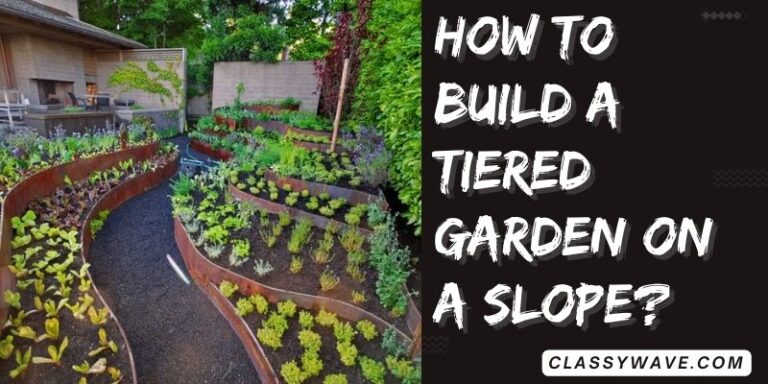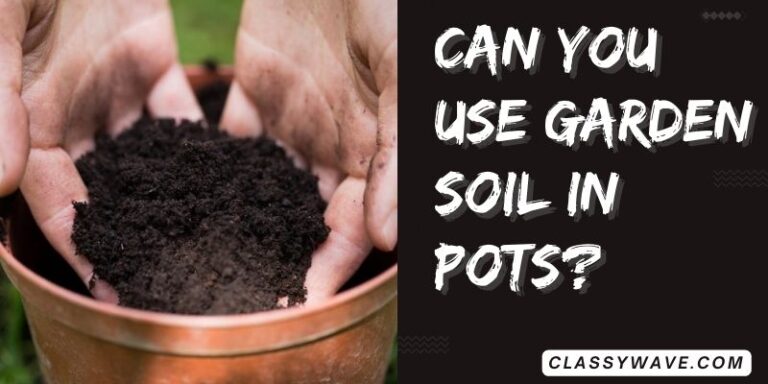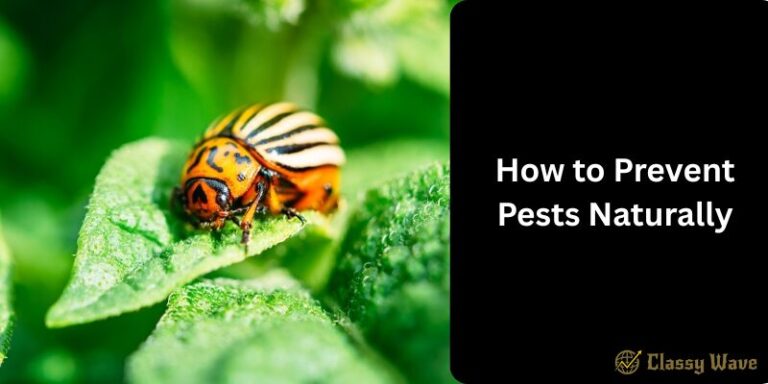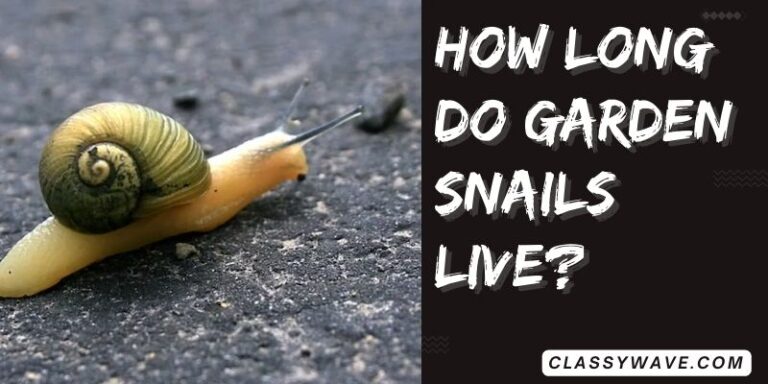how gardening helps the environment? Sustainable Future
Embarking on an environmentally conscious gardening journey involves embracing practices that not only nurture your plants but also contribute positively to the world around you. From permaculture principles and green roofs to companion planting and edible landscaping, explore diverse approaches that harmonize gardening with ecological sustainability for a greener, healthier planet.
Reducing Carbon Footprint Through Sustainable Gardening Practices
Sustainable gardening methods, such as composting, mulching, and using renewable energy sources, significantly contribute to reducing the carbon footprint associated with traditional gardening. By employing eco-friendly practices, gardeners can minimize greenhouse gas emissions, promote soil health, and foster a more environmentally responsible approach to horticulture.
Enhancing Biodiversity and Ecosystem Health in Your Garden
Cultivating a diverse range of plants in your garden fosters biodiversity and supports local ecosystems. By selecting native plants, creating habitat features, and avoiding harmful chemicals, you can attract a variety of beneficial insects and wildlife. This, in turn, enhances the overall health and resilience of the ecosystem surrounding your garden.
Promoting Soil Health and Conservation in Gardening
Sustainable gardening prioritizes soil health through practices like cover cropping, minimal soil disturbance, and the use of organic matter. These techniques enhance soil structure, water retention, and nutrient levels. By adopting soil conservation methods, gardeners can prevent erosion, promote long-term fertility, and contribute to the preservation of this vital resource.
Water Conservation Strategies in Eco-Friendly Gardening
Efficient water use is a cornerstone of environmentally conscious gardening. Implementing practices like drip irrigation, rainwater harvesting, and selecting drought-tolerant plants helps minimize water consumption. By conserving water resources, gardeners not only reduce their ecological impact but also contribute to overall water conservation efforts in the community.
Utilizing Organic Gardening Methods for Environmental Benefits
Organic gardening eschews synthetic fertilizers and pesticides, opting instead for natural alternatives that are safer for the environment. By prioritizing organic practices, gardeners can reduce water pollution, protect beneficial insects, and contribute to a healthier overall ecosystem. This approach aligns with principles of sustainability and minimizes the negative impact on surrounding ecosystems.
The Role of Urban Gardening in Mitigating Environmental Issues
Urban gardening plays a crucial role in mitigating environmental challenges in densely populated areas. By converting urban spaces into green havens, gardeners contribute to improved air quality, reduced heat islands, and enhanced aesthetics. Urban gardens also provide opportunities for community engagement and education, fostering a sense of environmental responsibility among city dwellers.
Creating Wildlife-Friendly Gardens to Support Local Ecosystems
Designing gardens with wildlife in mind involves incorporating features that provide food, shelter, and breeding opportunities for local fauna. By attracting and supporting birds, bees, butterflies, and other wildlife, gardeners actively contribute to the conservation of biodiversity. Wildlife-friendly gardens create interconnected habitats that play a crucial role in sustaining local ecosystems.
Minimizing Pesticide and Chemical Usage for a Greener Garden
Reducing reliance on synthetic pesticides and chemicals in gardening helps protect the environment and human health. By opting for natural pest control methods, such as companion planting and biological controls, gardeners can maintain a healthy garden while minimizing the negative impact on beneficial insects, soil organisms, and water quality.
Gardening as a Tool for Carbon Sequestration and Climate Mitigation
Gardens act as carbon sinks, absorbing and storing atmospheric carbon dioxide. Through the cultivation of plants, particularly trees and perennial vegetation, gardeners contribute to carbon sequestration, helping mitigate climate change. Choosing carbon-absorbing plants and employing sustainable land management practices enhance the garden’s role as a valuable tool in the global effort to combat climate change.
Educational and Community Benefits of Environmentally Conscious Gardening
Embracing environmentally conscious gardening practices offers educational and community-building opportunities. By sharing knowledge about sustainable gardening methods, individuals can inspire others to adopt eco-friendly practices. Community gardens, workshops, and educational programs provide platforms for learning and collaboration, fostering a collective commitment to environmental stewardship and sustainable living.
Permaculture Principles for Sustainable Gardening Success
Permaculture emphasizes designing gardens that mimic natural ecosystems, promoting self-sufficiency and sustainability. By incorporating principles like polyculture, perennial crops, and waste reduction, gardeners create resilient, low-maintenance ecosystems. Permaculture gardens strive for harmony between plants, animals, and the environment, fostering long-term productivity while minimizing the need for external inputs.
The Impact of Green Roofs and Vertical Gardens on Urban Ecology
Green roofs and vertical gardens in urban spaces have profound ecological benefits. These installations mitigate urban heat islands, improve air quality, and provide habitats for birds and insects. By maximizing greenery in vertical and horizontal spaces, gardeners contribute to a healthier urban ecology, enhancing the overall well-being of city environments and their inhabitants.
Companion Planting Strategies for Pest Control and Plant Health
Companion planting involves strategically placing plants to enhance each other’s growth and deter pests. By selecting plant combinations that complement and protect one another, gardeners can reduce the need for chemical pesticides. This holistic approach not only improves pest resistance but also promotes healthier soil, increased biodiversity, and overall garden resilience.
Edible Landscaping
Edible landscaping integrates food-producing plants into ornamental gardens, combining aesthetics with functionality. By incorporating fruit trees, vegetables, and herbs into landscaping designs, gardeners create visually appealing spaces that yield edible crops. This approach encourages sustainable living, reduces reliance on commercially grown produce, and connects people with the source of their food in a harmonious and eco-friendly manner.
The Ecological Benefits of No-Till Gardening Techniques
No-till gardening minimizes soil disturbance, preserving its structure and biodiversity. By avoiding traditional plowing, gardeners retain beneficial microorganisms and prevent erosion. This technique improves water retention, reduces the release of carbon into the atmosphere, and enhances overall soil health. No-till gardening is an environmentally friendly approach that promotes sustainable agriculture, offering long-term benefits for both the garden and the surrounding ecosystem.
Conclusion
In conclusion, adopting eco-friendly gardening practices is not merely a personal choice but a vital contribution to global environmental well-being. From permaculture’s systemic approach to edible landscaping’s fusion of beauty and utility, each method outlined contributes to a sustainable future. By integrating these principles, gardeners become stewards of biodiversity, promoters of soil health, and allies in the ongoing effort to create resilient ecosystems—nurturing both their gardens and the broader environment for generations to come.
FAQs
Question: How can I start implementing permaculture principles in my garden?
Answer: Begin by observing your space, diversifying plantings, and minimizing waste—building a self-sustaining ecosystem over time.
Question: What edible plants are suitable for landscaping without compromising aesthetic appeal?
Answer: Incorporate fruit trees, herbs, and colorful vegetables for an attractive and functional edible landscape that enhances visual appeal.
Question: How do green roofs contribute to urban ecology and how can I install one?
Answer: Green roofs combat heat, improve air quality, and offer habitat. Consult experts for proper installation and plant selection.
Question: Can companion planting really control pests without chemical intervention?
Answer: Yes, strategically pairing plants can deter pests naturally, promoting a healthier garden ecosystem without relying on chemicals.
Question: What are the key benefits of adopting a no-till gardening approach?
Answer: No-till gardening conserves soil structure, reduces erosion, and enhances biodiversity, fostering a healthier and more sustainable garden environment.







